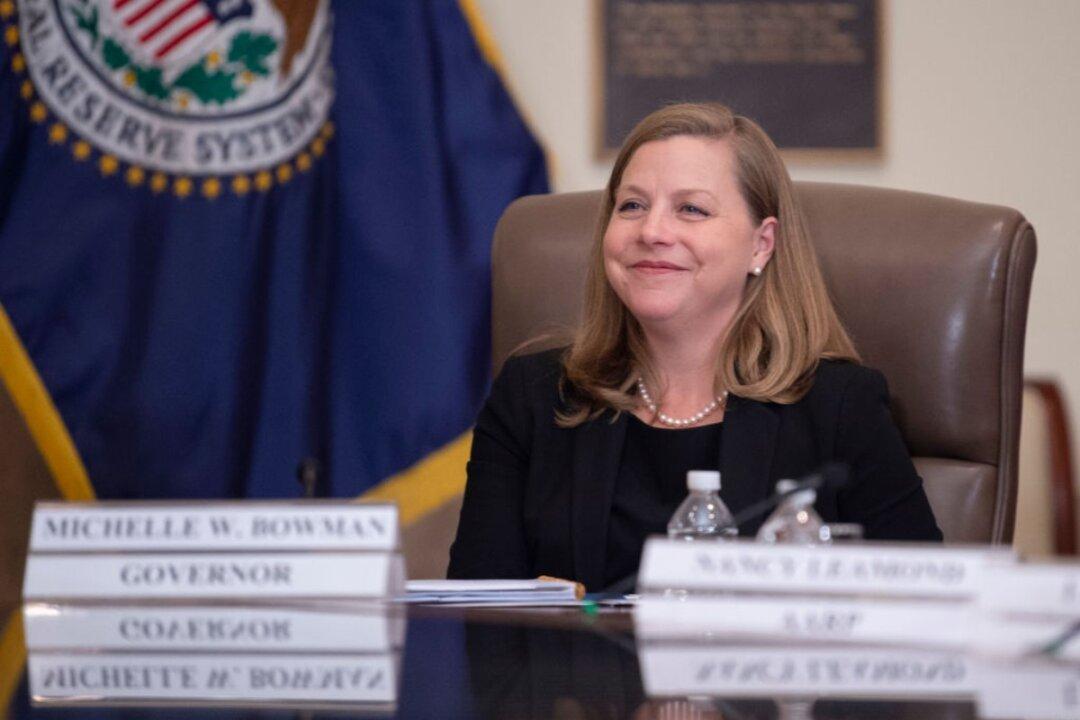The creation of a central bank digital currency (CBDC) presents “significant risks” for the financial system and consumer privacy, says Federal Reserve Governor Michelle Bowman.
Appearing at a Harvard Law School Program on International Financial Systems roundtable on Oct. 17, Ms. Bowman conceded that the benefits of a digital dollar are uncertain and that there could be “unintended consequences” for the banking sector.





